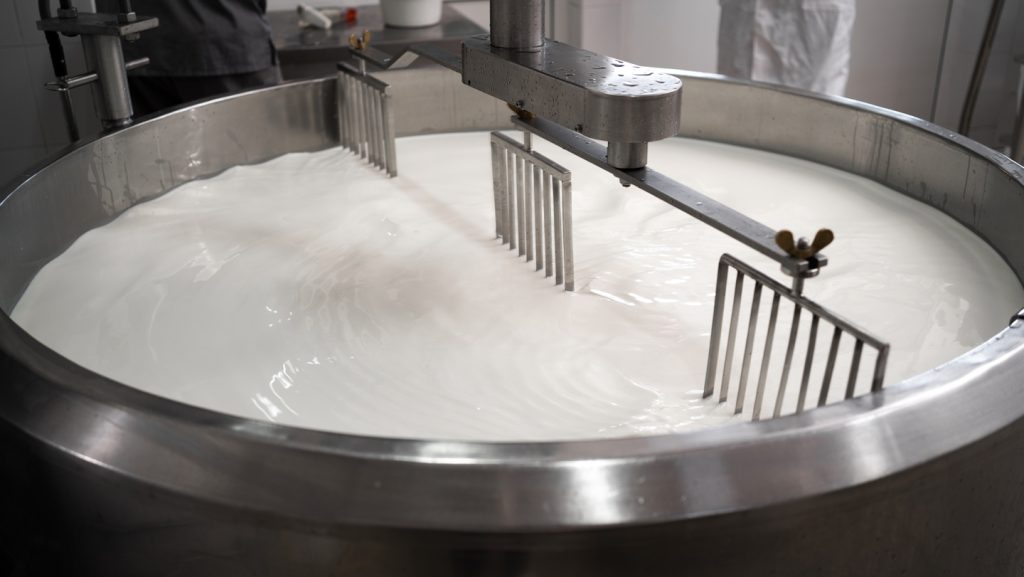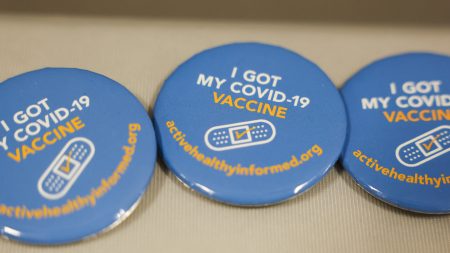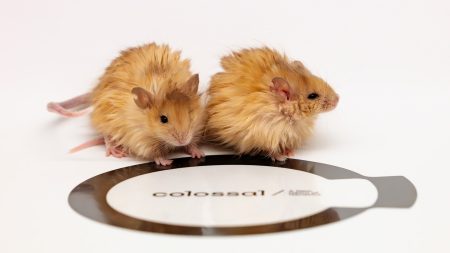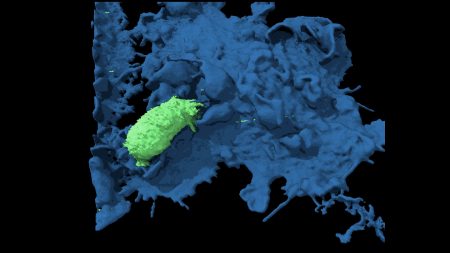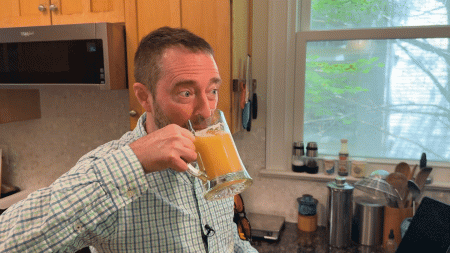Pasteurization Proves Effective Against H5N1 Bird Flu in Milk
Recent research has confirmed that properly pasteurized milk remains safe for consumption even when contaminated with H5N1 avian influenza virus. According to a comprehensive study published in Science Advances on September 26, the standard pasteurization process completely neutralizes the highly pathogenic H5N1 virus, rendering it incapable of causing infection. This finding comes at a critical time as the virus continues to spread among dairy cattle across the United States, raising concerns about potential transmission to humans through milk consumption.
“Pasteurized milk containing H5N1 is safe; raw milk is not,” emphasizes Stacey Schultz-Cherry, a virologist at St. Jude Children’s Research Hospital who helped lead the research. The study addressed lingering questions about whether viral fragments that remain after pasteurization could potentially impact human health. Although pasteurization kills the virus, tests can still detect remnants such as viral RNA and proteins like hemagglutinin (the “H” in H5N1) in processed milk. These fragments have caused some public concern, despite assurances from health officials that pasteurized milk remains safe to drink.
Since early 2024, the H5N1 avian influenza outbreak has spread rapidly through U.S. dairy herds, reaching 17 states including Nebraska, which reported its first case on September 15. This widespread contamination has heightened vigilance among public health officials, especially after multiple human infections were confirmed by the CDC. Most concerning was a reported death linked to H5N1, with cases traced back to contact with infected birds and consumption of unpasteurized milk. These incidents underscore the importance of understanding exactly how effective pasteurization is against the virus.
To definitively answer questions about pasteurized milk safety, researchers designed a worst-case scenario experiment. They took uncontaminated raw milk, deliberately added high levels of H5N1 virus, and then subjected it to standard dairy pasteurization (72°C for 15-30 seconds). Laboratory tests confirmed the virus was completely inactivated by this process. Schultz-Cherry explains the remaining viral fragments as “like seeing a footprint or a shadow. It shows something was there, but it’s not alive or capable of moving on its own.” While these molecular traces can be detected by sensitive laboratory tests, they cannot cause infection.
The research team went further to investigate whether repeated exposure to these viral remnants might affect the immune system in unexpected ways. They designed an experiment where mice were fed pasteurized milk containing inactivated H5N1 for five days, then monitored for three weeks before being exposed to a lethal dose of live virus. The results were clear: mice that consumed the treated milk showed no difference in their ability to resist infection compared to mice fed regular pasteurized milk. This indicates that the viral fragments neither boost immunity against future infections nor make the body more vulnerable to them.
While these findings provide reassurance about commercial milk safety, experts like Andrew Pekosz from Johns Hopkins Bloomberg School of Public Health emphasize the importance of preventing H5N1 contamination in the first place. Not all milk undergoes proper pasteurization, particularly in noncommercial settings, and CDC data suggests raw milk consumption remains a potential pathway for human infection. As the virus continues to circulate in U.S. livestock, maintaining strict pasteurization standards and avoiding raw milk products remains crucial for public health protection. The research conclusively demonstrates that when proper pasteurization protocols are followed, milk consumers need not worry about H5N1 transmission through this essential food.




